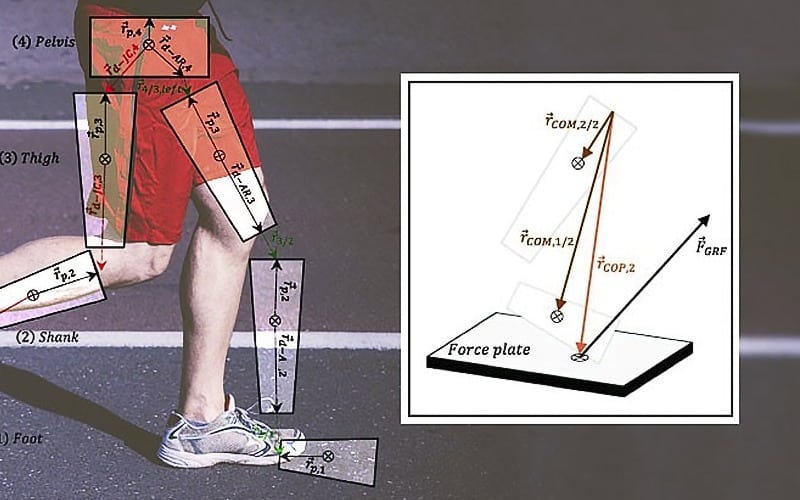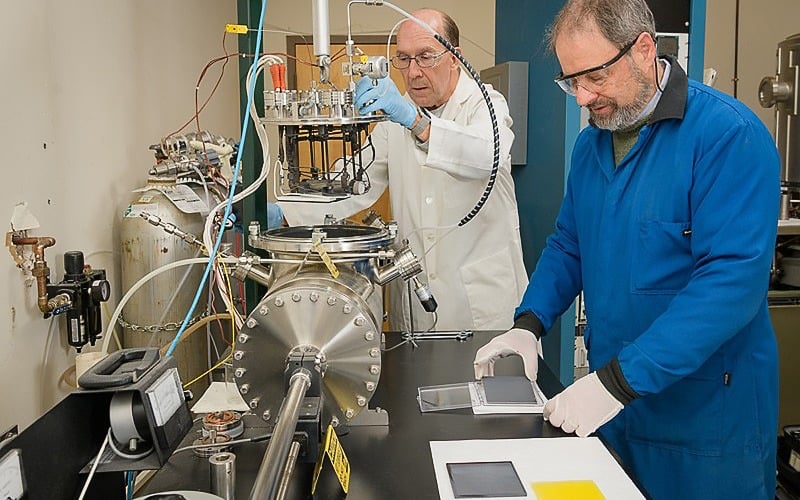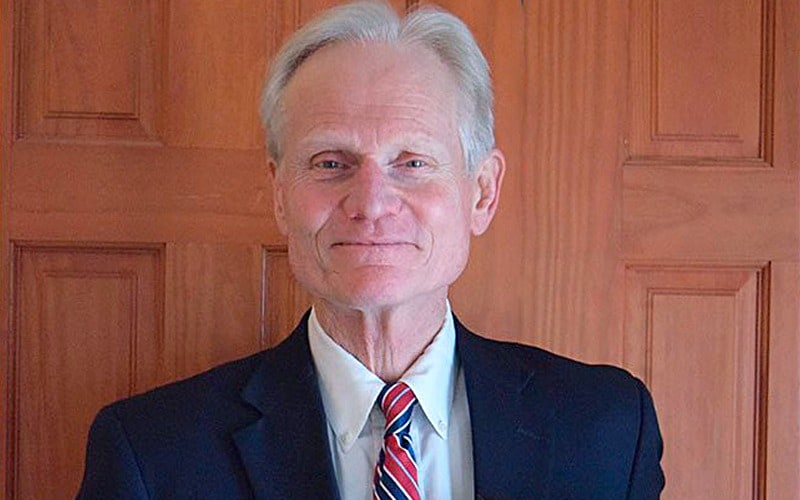 Research & Discovery
Research & Discovery
A Blog Devoted to UD Innovation, Excellence and Scholarship
Research & Discovery
A Blog Devoted to UD Innovation, Excellence and Scholarship
Achieving a balance of power

ABOVE: UD engineers are working to improve understanding of human movement. | Photo by Clem Onojeghuo from Unsplash, research images by Anahid Ebrahimi, photo illustration by Joy Smoker
UD research team solves mathematical discrepancy in biomechanics
Every engineer knows that the two sides of any equation should be equal. But when you are dealing with experimental data, sometimes the numbers don’t match up. When Anahid Ebrahimi, who recently earned a doctoral degree in mechanical engineering at the University of Delaware, noticed that an important equation in biomechanics never balanced, she was determined to figure out why.
Ebrahimi worked with an interdisciplinary research team that included Jill Higginson and Steven Stanhope, both professors of mechanical engineering at UD, to solve the 6 degree-of-freedom segmental power imbalance in human movement analysis. Their results were published in the January 2018 issue of the Journal of Biomechanics.
Human movement analysis can help a range of people—from stroke survivors learning how to walk again to athletes optimizing their performance. By examining how much energy is used by different segments of the lower body, such as the foot, shank, thigh or pelvis, during each step, a physical therapist or other health professional can help people walk or run safely and efficiently.




